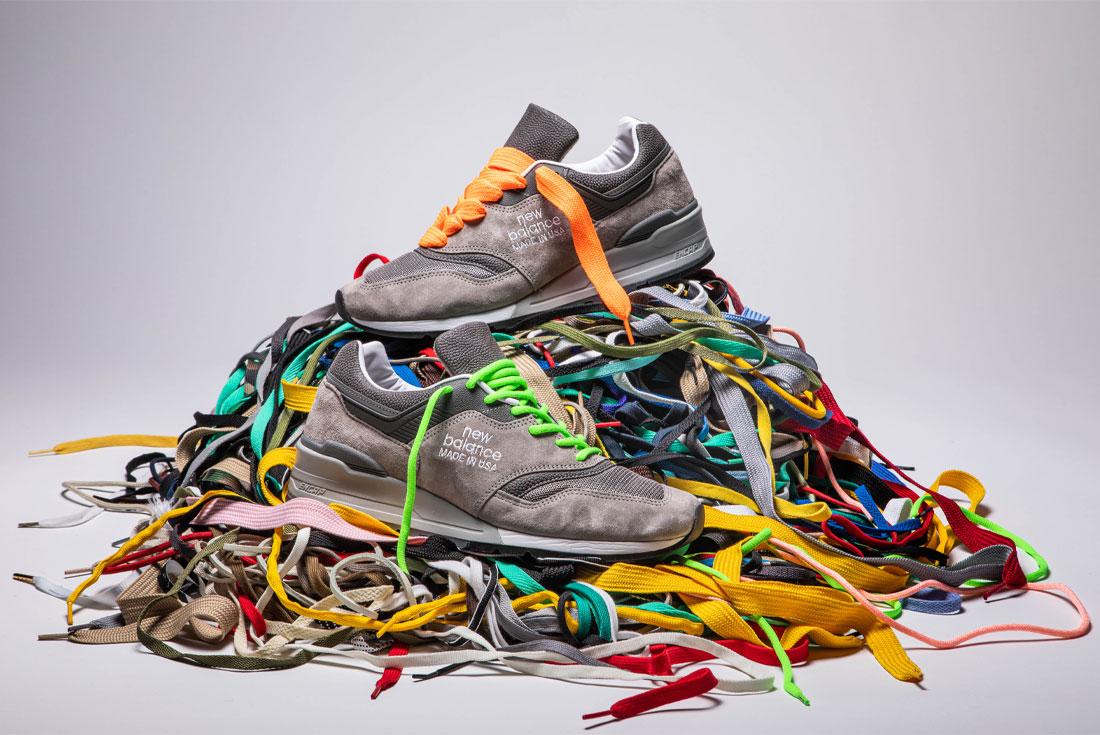Life Beyond Laces: Untangling the Sneaker Industry’s Biggest Knot
Shoelaces are very much an anachronism in 2021. By no means have they become obsolete overnight – they’ve been pretty useful for centuries – but you can’t help ponder if the very component holding shoes together is also what’s holding them back from realising their full potential. Not that the industry hasn’t tried to advance the fastening mechanisms. In the 100-plus years since the introduction of the , there have been multiple technological detours in the , but history shows how intertwined rubber and rope remain. If you ask me, shoelaces have had our kickers in a knot for too long – it’s time to loosen up and learn to live beyond laces.
The concept of using knotting strings to secure shoes to feet somehow managed to survive Y2K. Maybe it was the retrospectively ridiculous premise that electronic technology would go haywire, prompting the necessity to go analogue. That wasn’t necessarily a problem for sneakers at the time as, aside from a couple of gadget-heavy forays in the 1980s, most cinched up with the time-tested closures that included elastic gussets, Velcro straps, buckles, zippers and, of course, shoelaces.
And while legendary designers often have to stick to the brief of including shoelaces, modern creative expeditions like (another Tobie innovation) are glimpses into a reality that doesn’t require reciting ‘Over, under, around and through; Meet Mr. Bunny Rabbit, pull and through’ every time you put on a pair of shoes. Earlier this year, the latest iteration of accessible technology, GO FlyEase – Nike’s first hands-free sneaker – was a literal step in the right direction towards the laceless revolution… as soon as they figure out mass production.
